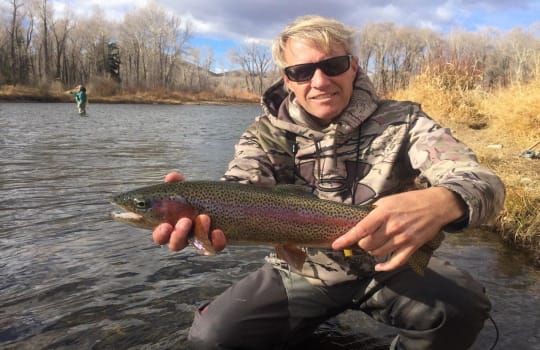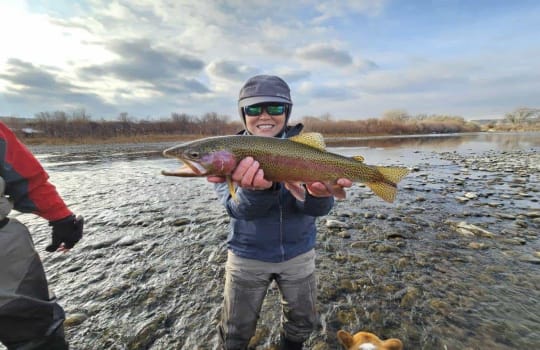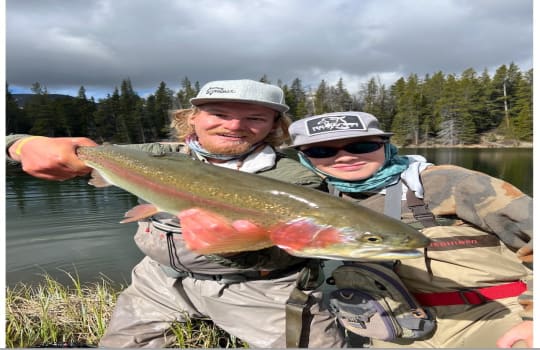5280 ANGLER GUIDE HACKS: The Riffles Rock!

FISH THE RIFFLES: FIND THE ACTIVE, HAPPY, FEEDING TROUT!
by Fly Fishing Guide Ron Pecore
When first approaching a given river, the decision about where to find trout can seem a bit overwhelming. Even more so, where do we find the actively feeding trout? There’s one tried and true formula I use to keep this decision simple: I look for riffle water.
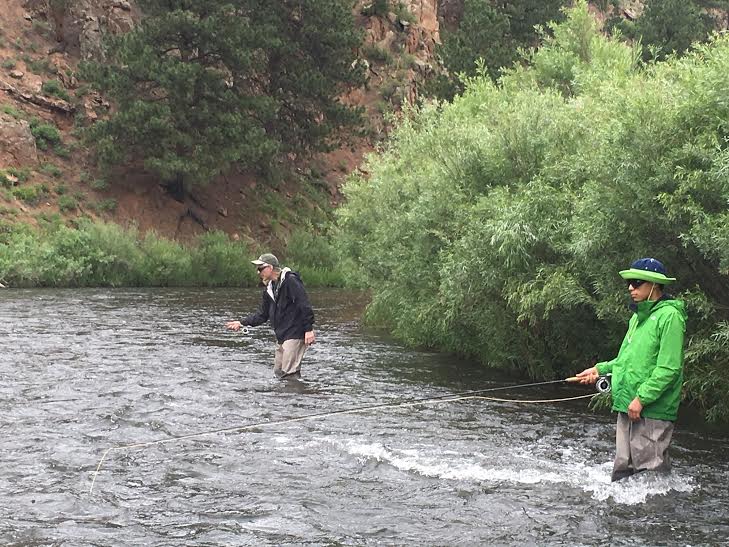
Specifically, I’m searching for steadily moving water that’s chopped or broken up with rocks, boulders or other structure. I like water depth approximately knee to thigh deep. Ideally, this water is situated below a shelf or drop off. Trout love these shelves and drop offs. Their streamlined bodies are perfectly suited to ride nose down below these structure changes. Here, they find cover, cuisine, and cold oxygenated water.
Have you ever put your hand out the car window while driving? If you point your fingers down, the wind pushes your hand down. Well, this illustrates how trout swim and position themselves amidst these types of currents. Nose down, They do not have to waste any energy unnecessarily even while positioned in moving water.
I have a saying, “A riffle trout is a feeding trout.” The fish are in the riffles for one key reason: to feed. As fly anglers presenting fake food, we want to find the aggressively feeding fish!
With seasonal (temperature/flow/clarity/etc.) variation, trout generally move into their riffle feeding positions around mid morning, primarily in response to increased activity from aquatic nymphs.
After feeding in the riffles, trout will slide down or over to slower, deeper, water to conserve energy.
I’ve found that the biggest and strongest trout move into the best feeding positions amidst the riffles, and will fight to stay there until full.
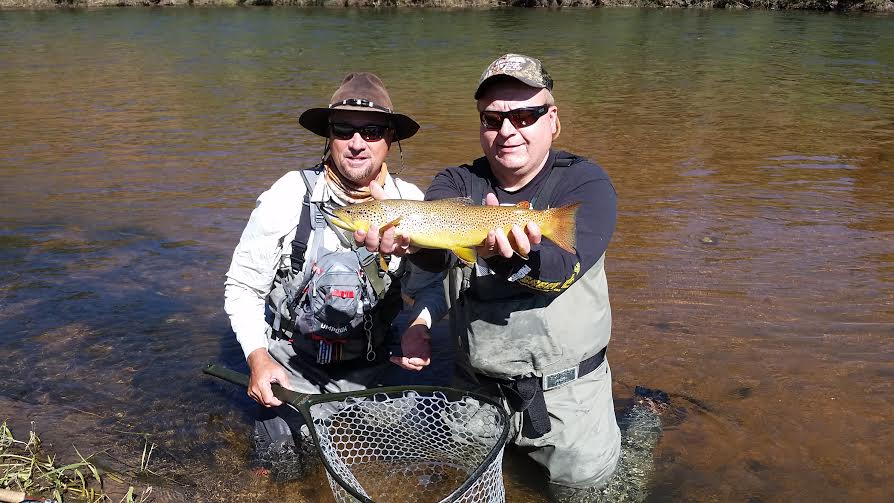
So, although trout are often easier to spy in the bottom of a slow and clear, deep pool, it can really be in our best interest to ignore them. Though tempting, those fish are not active. Let the other guy throw every bug in his box at that disinterested fish! You’ll have much more success by going to the head of the feeding run.
Systematically work the riffles. and pick them off one by one.
Tight Lines and Rocking Riffles!
If you’d like to fish the riffles with Ron Pecore on a guided trip, write to us today!



